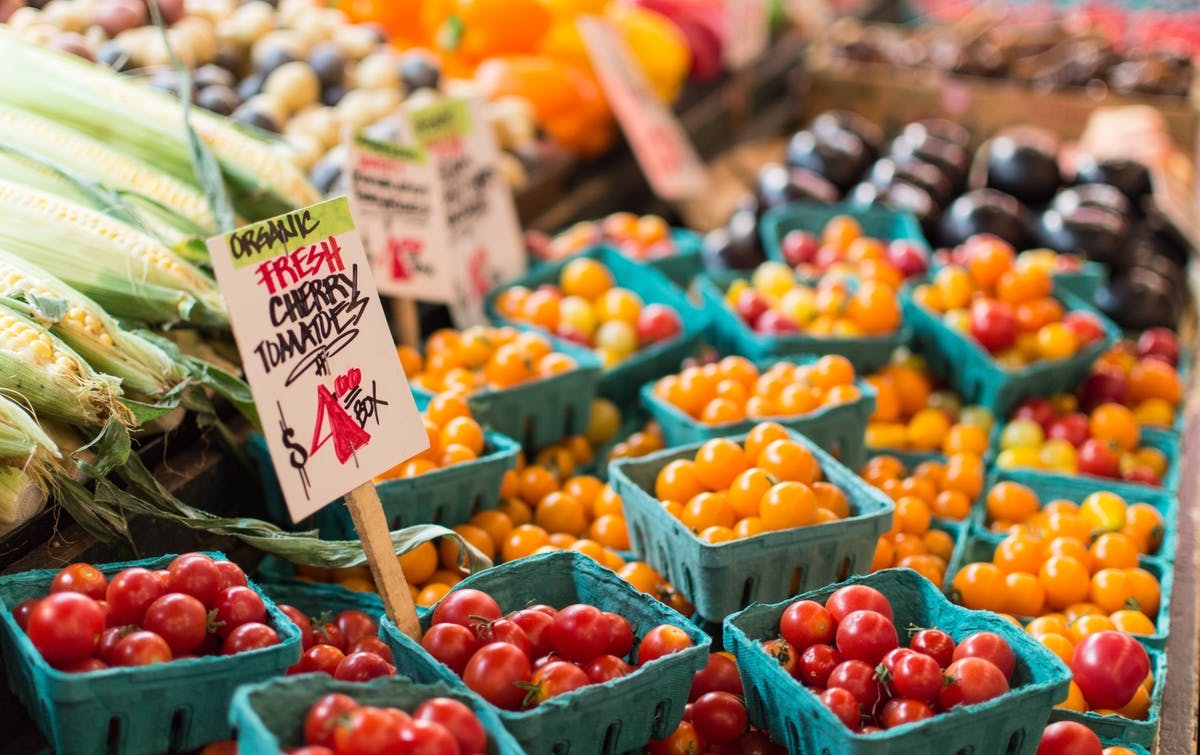Global food prices will remain high in 2022 due to adverse weather, inflation along supply chains and logistical strains, according to Rabobank.
Carlos Mera, Rabobank’s head of agro commodities, said that a return to pre-pandemic prices in 2022 is unlikely as producers will not expand output.
“Higher farm input costs, expensive shipping and strong demand make for a toxic recipe,” he said. “While Covid-19-related disruption will subside, inflationary pressures and adverse weather will hit producers, making them unable to expand output significantly.”
The report added that bad weather, exacerbated by the La Niña cycle hitting key producers in the US, Brazil and Argentina, is likely to pose one of the biggest challenges to global food production.
“Governments around the world will be watching prices closely. Inflation in food staples like wheat has previously been credited to contributing to societal unrest, including the Arab Spring.
“The knock-on effect of higher food prices on beleaguered societies in underdeveloped countries shouldn’t be dismissed in 2022,” he added.
Food prices around the world have already reached a 10-year high last month.
Meanwhile, the FAO Food Price Index – an index that monitors the monthly change in international prices of a basket of food commodities — climbed for a third straight month in October, hitting its highest level since July 2011.
Limited supply in 2022
The report said that farmers would be unable to boost production at current commodity prices due to increased input costs, which will keep supply inelastic in 2022.
In addition, inflationary pressures in energy prices, fertilisers, shipping costs, and labour, as well as trading bottlenecks, are all expected to rise, putting a strain on food supply chains.
“Inflation will permeate all commodities, but it’s not the only challenge food producers face. The race to net zero is speeding up, which is impacting sourcing and trading decisions, as well as consumer choices.
“Farmers will face tough decisions in 2022 that could impact societies across the world for years to come,” Carlos said.
Commodity prices to rise
Wheat:
Rabobank expects that high input prices, drought conditions worsened by La Nia in major exporting countries, particularly the United States, and high export taxes in Russia will affect wheat availability in 2022.
This is in contrast to the year’s enormous deficit, which is the largest since 2013. However, assuming this surplus materialises, it will not reach the market until the second half of 2022.
Corn:
Rabobank said inflation would reduce corn growers’ yields, as rising fertiliser, seed, machinery, labour, and rent prices will impact production.
Growing demand for ethanol in the United States – of which corn is a crucial constituent – and exports to China will impact corn availability for food products in other countries, resulting in higher consumer prices.
Palm oil:
Palm oil, a key ingredient in processed foods such as chocolate and pizza and biofuels, will continue to be high after strong demand from China and the EU. The bank expects global production levels to increase by around 4.3% in 2021/22 in response.
Coffee:
Rabobank sees coffee production levels to decline in the current 2021/22 season, as minor improvements in current harvests in Colombia and Vietnam fail to compensate for the significant reduction already seen in the Brazil harvest.
Arabica prices have risen by roughly 80 per cent in the last year, and a wave of panic purchasing has taken over the market.
Sugar:
Sugar prices are expected to remain high, according to Rabobank, because ethanol prices in Brazil have been rising, and the country may be forced to convert more sugarcane to ethanol production at the cost of sugar.
Other key markets, such as India, may be more negatively impacted by high farm input costs.
Inflation to take centre stage
This year, global food, energy, and commodity prices have risen as countries lift COVID-19 restrictions, causing supply shortages and bottlenecks. Reduced harvests for some commodities and a sharp rise in energy prices are also contributing to food price inflation.
Mr Mera said that inflation would affect all commodities, but food producers face not the only challenge.
“The race to net zero is speeding up, which is impacting sourcing and trading decisions, as well as consumer choices. Farmers will face tough decisions in 2022 that could impact societies across the world for years to come.”
Jackson Meyer is the CEO of Verus Global, a freight forwarding company. He said that the rising cost of groceries due to supply chain difficulties and worldwide container shortages would lead to further challenges in Australia.
“The enormous amount of backlog, congestion, scarcity of equipment means we cannot even get food into Australia at this point.
“Everyone in the industry is scrambling for solutions to get their stock into Australia, but service suspensions, the restrictions around capacity and delays are increasing, making this near impossible,” explains Meyer.
The Robobank’s Agri Commodity Markets Outlook report examines the outlook for a basket of 10 major agri-commodities in the following year.
Keep up to date with our stories on LinkedIn, Twitter, Facebook and Instagram.

